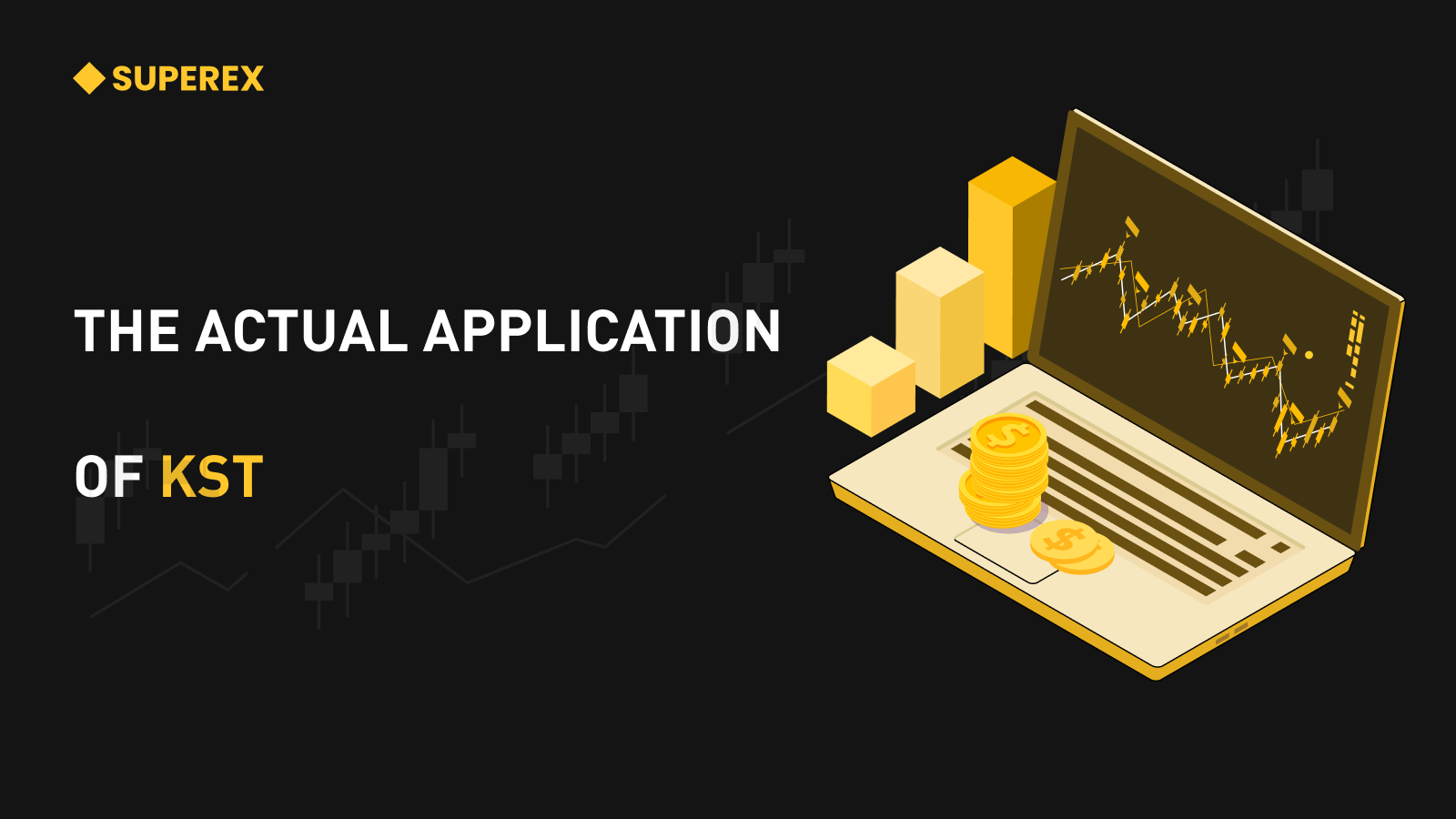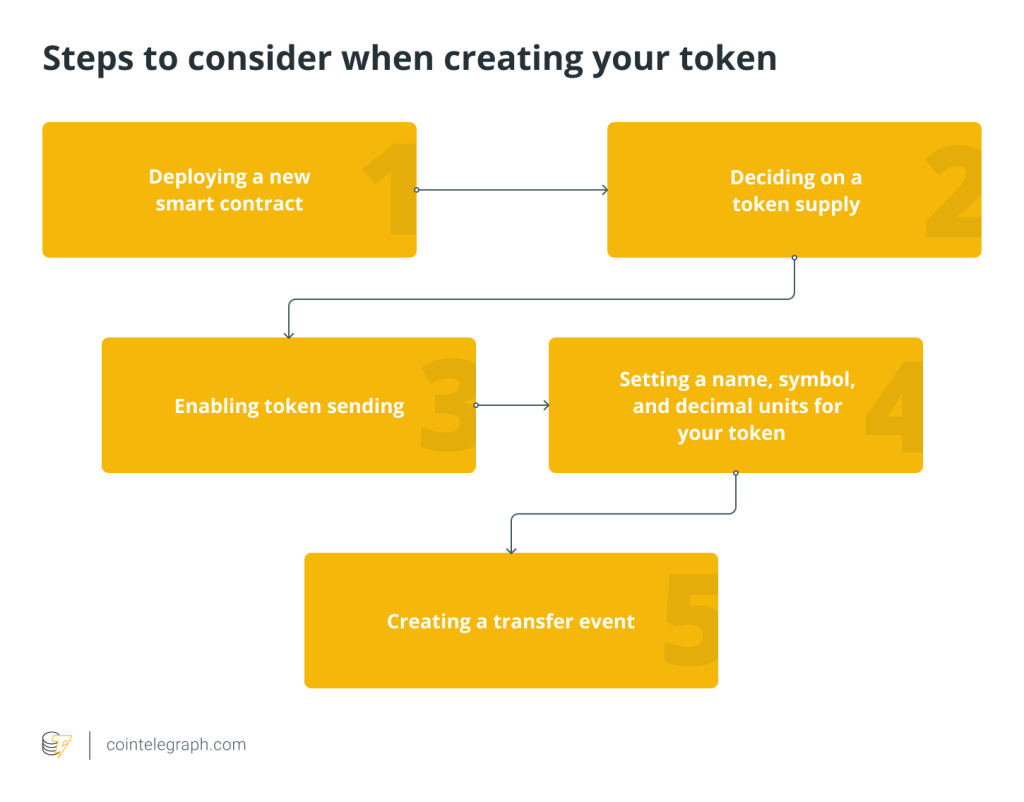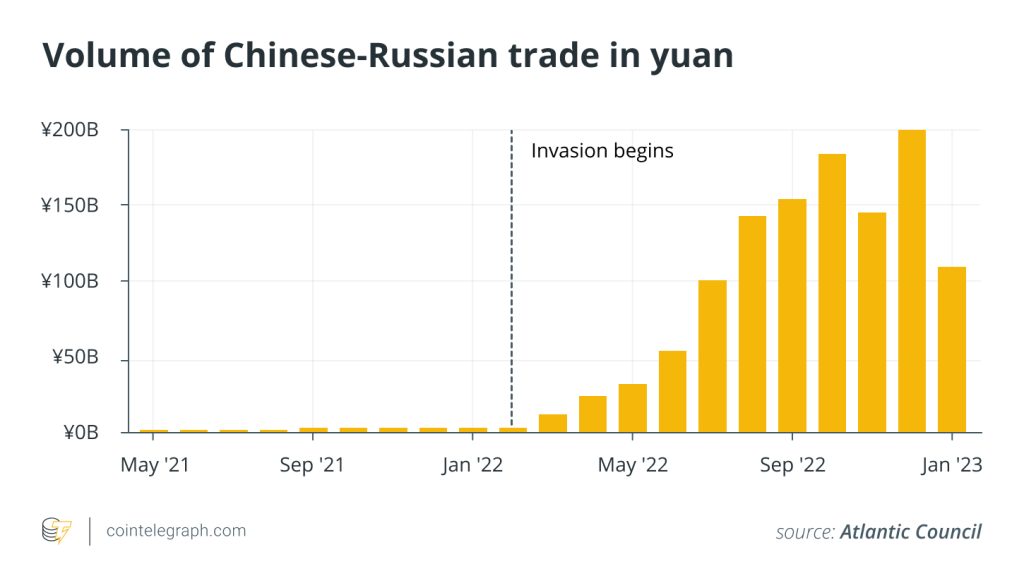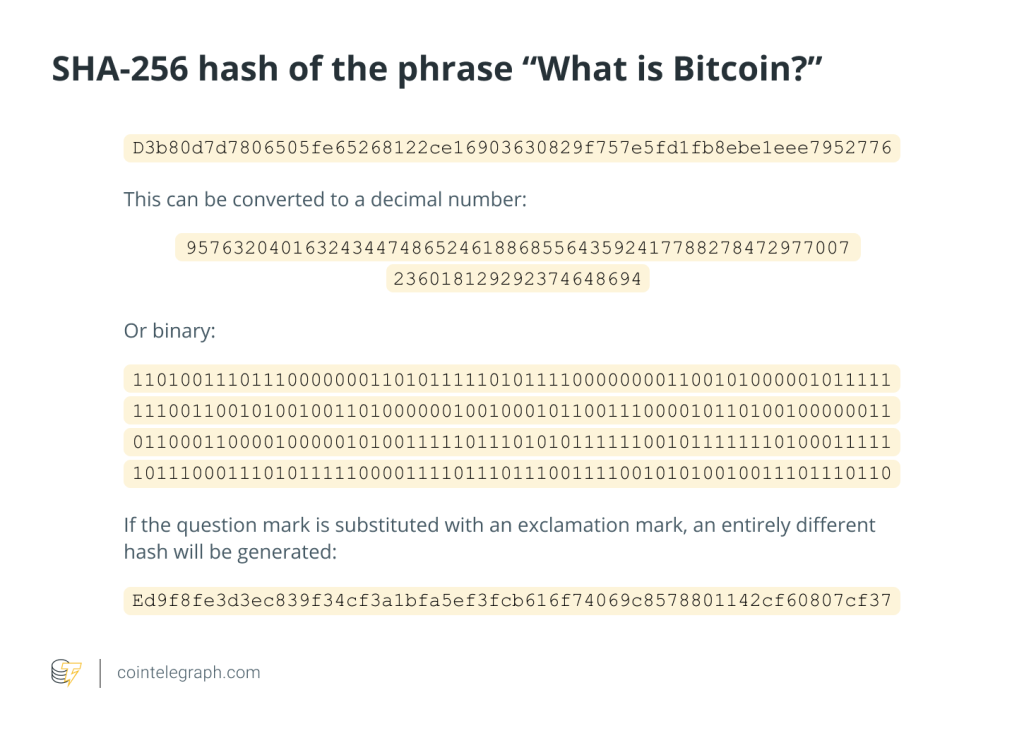LEARN KNOW SURE THING IN 3 MINUTES – BLOCKCHAIN 101

The flourishing development of the digital currency market provides rich opportunities for investors and traders, but it also comes with high volatility. This article will delve deep into the KST (Know Sure Thing) indicator, a unique technical analysis tool, exploring how it assists cryptocurrency traders in understanding market trends, formulating trading strategies, and providing a practical case to elucidate its application.

- Introduction
The KST indicator was initially developed by Martin J. Pring in 1992, aiming to provide a dynamic trend indicator across multiple time frames capable of capturing market trend changes. The calculation of the KST indicator is based on several price moving averages, assessing the market’s direction through different time periods.
- Advantages
Multi-Timeframe Analysis: The KST indicator integrates price data from various time frames, capturing shifts in both short-term and long-term trends, offering traders a more comprehensive view of the market.
Trend Recognition Capability: The design of the KST indicator is aimed at capturing changes in market trends, identifying bull and bear markets, thus aiding traders in better understanding the market direction.
Noise Reduction and Smoothing: The KST indicator, through multiple smoothing of price data, can reduce market noise and volatility, providing clearer trend signals.
Signal Line Crossover: The KST indicator includes a signal line. When the KST line crosses with this signal line, it provides buy and sell signals, assisting traders in determining the optimal times to enter and exit the market.
- Application
The KST indicator is widely used in cryptocurrency trading and other financial markets, including the following applications:
Trend Confirmation: The KST indicator is used to confirm the primary trend of the market, such as an upward trend, downward trend, or sideways movement. This helps traders better grasp the overall market direction.
Crossover Signals: Buy and sell signals from the KST indicator are typically based on the crossover of the KST line with the signal line. A buy signal is generated when the KST line crosses above the signal line, and conversely, a sell signal is generated when it crosses below.
Assisting Other Indicators: The KST indicator can be combined with other technical indicators, such as moving averages, Relative Strength Index (RSI), etc., to provide a more comprehensive market analysis.
Identifying Market Turning Points: By analyzing the trend of the KST line, traders can attempt to identify potential turning points in the market to optimize their trading strategy.
- Calculation Method of the KST Indicator
The calculation of the KST indicator is based on a combination of four price moving averages. These four moving averages have different time periods. Here are the calculation steps for the KST indicator:
- Calculate the short-term moving average (SMA1): Typically using a short-term time frame, such as 6 days, to calculate the simple moving average of the price.
- Calculate the medium-term moving average (SMA2): Use a medium time frame, such as 12 days, to calculate the simple moving average of the price.
- Calculate the long-term moving average (SMA3):Use a longer time frame, such as 18 days, to calculate the simple moving average of the price.
- Calculate the X moving average (SMA4):Choose an even longer time frame, like 24 days, to calculate the simple moving average of the price.
- Calculate the ROC values: Compute the Rate of Change (ROC) by comparing the values of SMA1, SMA2, SMA3, and SMA4 from 12 days ago to today’s values.
- Weight the ROC values:Assign different weights to the four ROC values, typically weighting them by a factor of 1, 2, 3, and 4 respectively.
- Calculate the KST value: Add the four weighted ROC values together to obtain the value of the KST indicator.
- Practical Case Demonstration
Case Background: Suppose we are a cryptocurrency trader, monitoring the Bitcoin (BTC) to US Dollar (USD) trading pair. We want to use the KST indicator to determine the optimal time to buy. For calculation convenience, BTC prices are simulated as round numbers.
Step 1: Selecting the Time Frame First, we choose an appropriate time frame. For this case, we use a daily chart.
Step 2: Calculating the KST Value Our process to calculate the KST value is as follows:
- ROC1 (12 days) Calculation:To calculate Bitcoin’s 12-day rate of change, record the closing price from 12 days ago and today’s closing price. Assuming the closing price 12 days ago was $10,000 and today it’s $12,000. ROC1 = (Today’s closing price – Closing price 12 days ago) / Closing price 12 days ago x 100% ROC1 = (12,000 – 10,000) / 10,000 x 100% = 20%
- ROC2 (6 days) Calculation:Similarly, for Bitcoin’s 6-day rate of change, assume the closing price 6 days ago was $11,000 and today’s is $12,000. By formula, ROC2 = (12,000 – 11,000) / 11,000 x 100% = 9.09%
- ROC3 (18 days) Calculation:For the 18-day rate of change, let’s assume the closing price 18 days ago was $9,000 and today’s is $12,000. By formula, ROC3 = (12,000 – 9,000) / 9,000 x 100% = 33.33%
- ROC4 (24 days) Calculation:For the 24-day rate of change, suppose the closing price 24 days ago was $8,000 and today’s is $12,000. By formula, ROC4 = (12,000 – 8,000) / 8,000 x 100% = 50%
KST Indicator Calculation: Now, we compute the KST value. The formula is the weighted average of the four ROCs. KST = (ROC1 * 1) + (ROC2 * 2) + (ROC3 * 3) + (ROC4 * 4) KST = (20 * 1) + (9.09 * 2) + (33.33 * 3) + (50 * 4) = 304.26
Step 3: Analyzing the KST Chart We plot the KST indicator and observe its trend. In this case, with a KST value of 304.26, there is a strong positive trend.
Step 4: Trading Decision Based on the trend of the KST indicator, we might infer that the market’s upward momentum is strong. Therefore, we might consider entering the market to buy Bitcoin at this time.
Step 5: Risk Management We would also set a stop-loss level to limit potential losses. For instance, we might set the stop-loss price at $11,800 to protect our investment if the market turns.
Step 6: Profits If the market does continue its upward trajectory, we would sell Bitcoin once the price reaches our target, securing profits.
This case illustrates how to employ the KST indicator to assist cryptocurrency trading decisions, providing a computation process for the KST value. Note that actual trading involves risks; hence traders should proceed with caution, formulating clear trading plans and risk management strategies.
Conclusion
The KST indicator is a gem in the toolkit of cryptocurrency market analysis. Its dynamism and trend-catching capability make it especially handy in highly volatile markets. By deeply understanding the principles and practical applications of the KST indicator, cryptocurrency traders can enhance their trading prowess and face market challenges with more confidence. As with any trading tool, the KST indicator should be combined with a clear trading plan and risk management strategy to achieve successful trades.







Responses